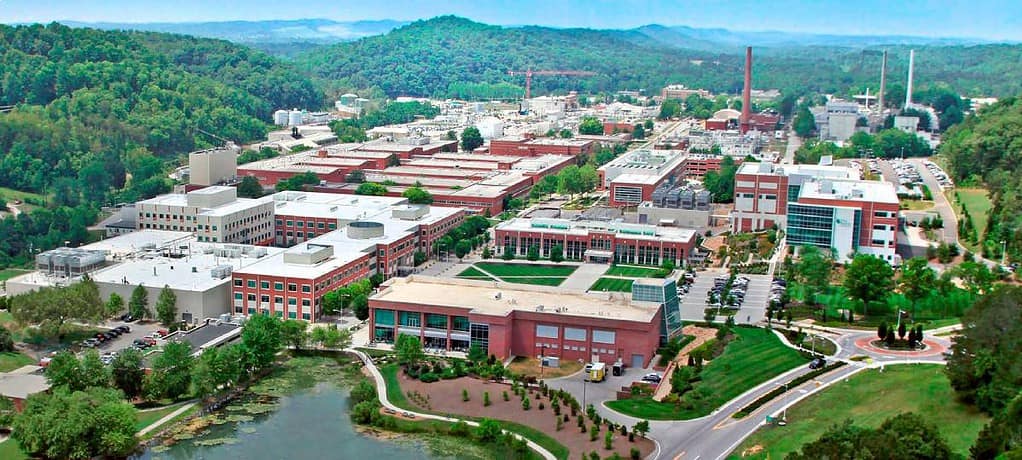Shannon Meppelink and Kendra Markland attended the biannual Tribal Historic Preservation Office (THPO) meeting on Thursday, October 24th to provide an update on the USGS-NPS Partnership project at Effigy Mounds National Monument (EFMO). Both scientists updated attendees on the status of the partnership project, met with tribal partners, and did reconnaissance for later sampling activities. Through funding received by the TESNAR program, USGS scientists Meppelink, Markland, and Tre Kinney met with five tribal partners (Brett Ramey, Zack Towey, and Kate Kyser – Iowa Tribe of Kansas and Nebraska, and John Lee and Celina Hall – Ho Chunk Nation) and NPS staff (Alex Cote’, Brian Gibbs, Jeremy Parker, Alexandra Ogdahl, and Devan Matthew) on October 28th to review the partnership program. Discussions were held on sampling procedures, site planning, sampling constituents, and environmental medium considerations, as well as the long-term plan for project results and how they will be practically applied at EFMO and beyond. Additionally, 20 eighth grade STEAM students and their teachers from the local middle school (MFL MarMac) joined in a discussion of the landscape, its history, and the importance of partnering with tribes led by tribal partners and NPS staff. The students then worked with USGS scientists and Alicia Mullarkey, of the Driftless Area Wetlands Center on basic field parameter collection and sampling. After the student departure, tribal partners and USGS staff harvested native Broadleaf Arrowhead tubers (Wapato) from a pond for chemical analysis of a range of constituents, including PFAS and pesticides. Prior to sample collection, a discussion was held on how to merge USGS sample collection protocols with traditional tribal harvesting protocols and ethics. This preliminary discussion surfaced ways the USGS can work with tribal partners to best honor the plants and environment, while also ensuring samples are not compromised. Briefly, USGS agreed that all plant sample collection with tribal partners on-hand would be led by the tribes with the USGS assisting. Additionally, tribal partners offered examples of protocols that USGS will adhere to during sampling, whether tribal partners are present or not. Examples included: (1) only harvesting what is needed for analysis, (2) not taking all of any given species, (3) not taking the ‘best’ of any species, and (4) leaving as small a footprint as possible during sample collection. This was the first of such discussions among tribal partners and USGS staff and will be continued as the project and partnership develops further. On October 29th, USGS, NPS, and tribal partners collected samples from the Yellow River as it enters the EFMO boundary. Samples were collected for water, bed sediment, whole native minnows, and native aquatic plants for a large range of constituents, including PFAS, pharmaceuticals, pesticides, estrogenicity, trace metals, rare earth elements, total and methyl mercury, and microplastics. In addition, river discharge was measured to provide important ancillary information for the environmental samples collected. The trip ended with final thoughts and discussions on future involvement and collaborations. Appropriately, this ending meeting on the lawn of the Visitor’s Center overlooking Blue Gill Pond and the Mississippi River took place with bald eagles flying overhead.
This United States Geological Survey news article "Harvesting Knowledge: A Recap of the USGS-NPS Collaboration and Student Engagement at Effigy Mounds" was originally found on https://www.usgs.gov/news

